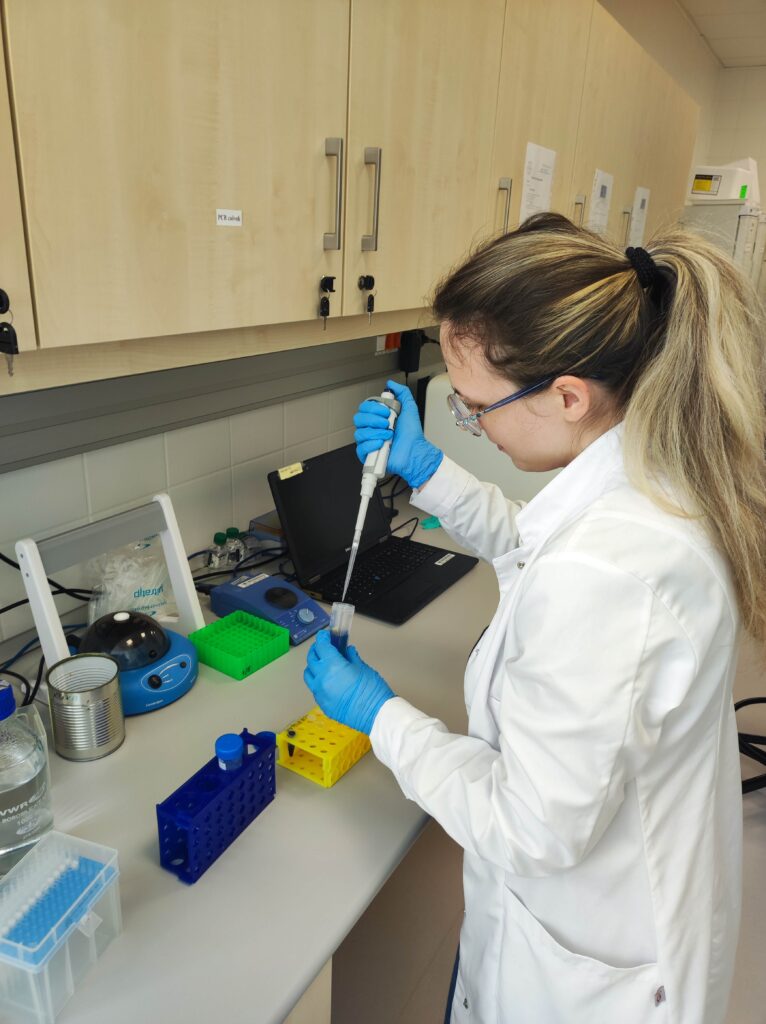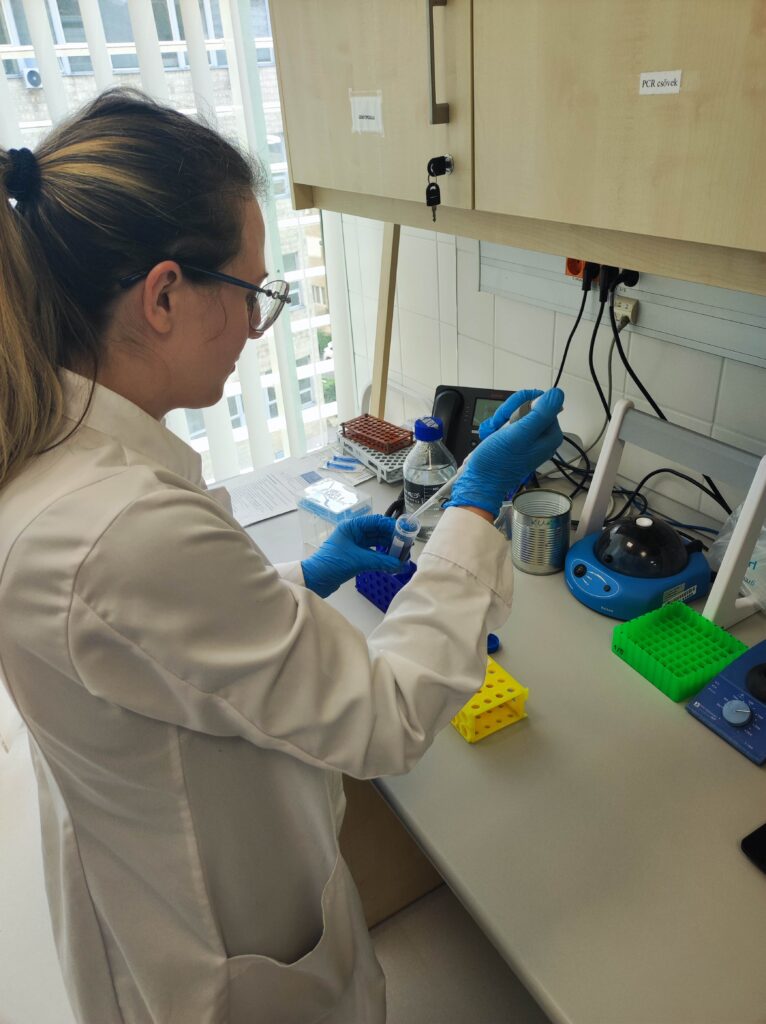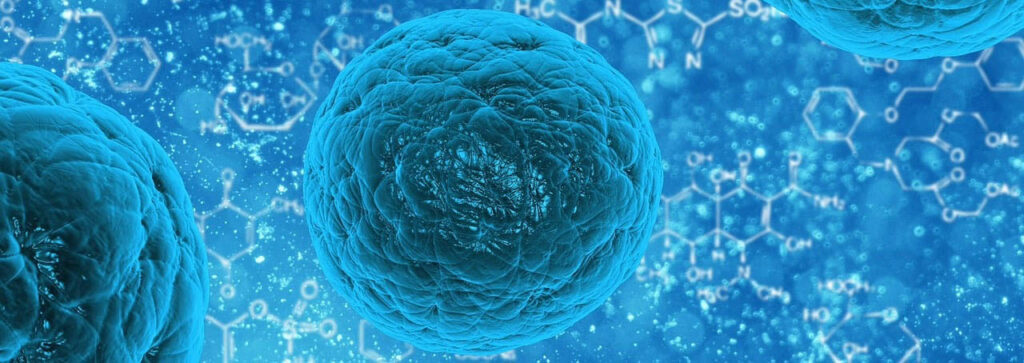Research leader name
Dr. Zsuzsanna Helyes

Investigating the central and peripheral sensory mechanisms responsible for chronic pain
Chronic pain, a leading symptom of many diseases such as rheumatoid arthritis (RA), fibromyalgia (FM), osteoarthritis (OA), chronic neuropathic pain conditions and complex regional pain syndrome (CRPS), leads to long-term persistent stress and also to a deterioration in quality of life and work performance. On the other hand, chronic psychosocial stress is a common aetiological and/or aggravating factor for these pain conditions, which co-occur with common CNS comorbidities such as depression and anxiety. These disorders affect a significant proportion of the population, but conventional analgesics are often ineffective and/or cannot be used long term due to their many serious side effects, making their therapy an unresolved and challenging drug development challenge. Autoimmune processes are likely to be involved in the development and maintenance of pain, but the exact mechanism is still unknown.
Downloads

It is therefore of particular importance to understand the sensitisation mechanisms involved in pain, to explore the links with common CNS comorbidities and to identify new therapeutic targets.ased on our functional data obtained over the last 5 years in mouse models of RA, FM, CRPS and neuropathic pain, and our recent transcriptomic and metabolomic results, we suggest that neuroinflammatory processes in primary sensory neurons and the CNS play a crucial role in the maintenance and exacerbation of chronic pain states, which lead to central sensitisation, and chronic stress, anxiety and depression may directly contribute to central sensitisation as a consequence of complex interactions of common brain structures involved in pain and mood regulation.
Main objectives:
The main objectives of our present studies are (1) to understand the central and peripheral sensitization mechanisms responsible for chronic pain; (2) to identify the mediators, pathways and networks that play a key role in pathophysiological processes and their links to common CNS comorbidities (chronic anxiety, stress, depression); and (3) to identify novel analgesic targets in patients with chronic pain conditions and their relevant mouse models. In our study, we perform transcriptomic and plasma metabolomic analyses and bioinformatics analysis of (1) peripheral blood mononuclear cells from patients and relevant mouse models (including dorsal root ganglion samples in mice), (2) pain measures of other inflammatory, immunological parameters and complex psychological (in mice, behavioural) traits determining anxiety, mood, personality traits, (3) brain functional imaging studies to map changes in the activation pattern of the “pain matrix” and stress-pain interactions. Mouse images of neuroinflammatory (microglia: Iba1, astocyte: GFAP, chronic neuronal activation: FosB) and neuroplasticity markers, as well as neuron-glia interactions, are examined by confocal and super-resolution microscopy.






